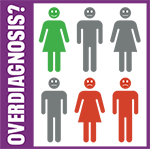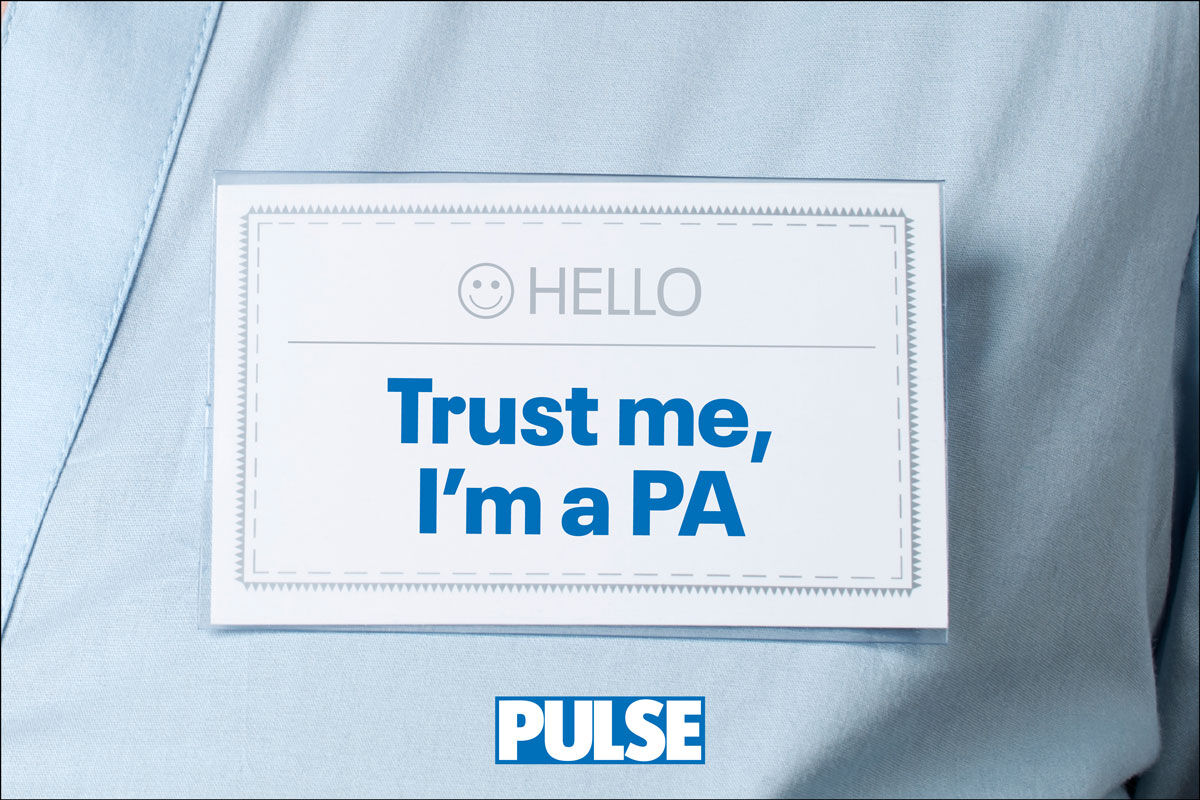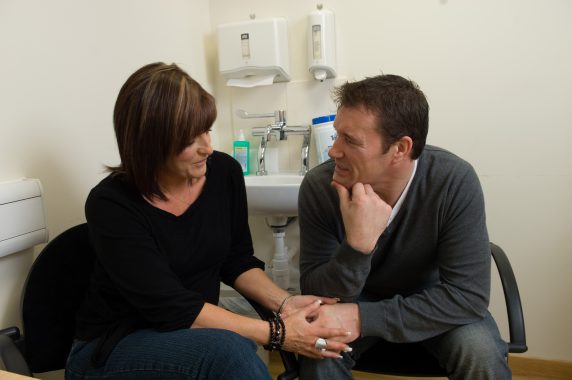
Continuing our series on conditions that may be overdiagnosed, GP partner and trainer Dr David Coleman explores the evidence-based approach to diagnosing depression
Low mood is one of the most common presenting complaints we encounter in general practice. The ensuing consultations frequently result in a diagnosis of depression and a referral to talking therapies, a prescription for antidepressant medication, or both. But are we too quick to code some of these episodes as depression?
Actual prevalence
Data from the Office of National Statistics shows that 16% of adults experienced moderate to severe depressive symptoms during a period in late 2022. There figures were broadly similar to summer 2021 rates (17%), but considerably higher than pre-pandemic levels of around 10%.
A study by Arias de la Torre et al (2021) highlighted a peak prevalence for depression in middle adulthood, which was even more prominent in cases of severe depression. Women are more likely to be diagnosed with depression than men.
According to QOF data from 2022-23, my practice’s depression prevalence was 21.58% (around twice the national average based on the same dataset). This indicates either a genuinely elevated prevalence, overdiagnosis, or a degree of both.
Common features
The International Classification of Diseases (11th Revision) — ICD-11 — defines depressive disorder as ‘depressive mood (e.g., sad, irritable, empty) or loss of pleasure accompanied by other cognitive, behavioural, or neurovegetative symptoms that significantly affect the individual’s ability to function’ lasting for at least two weeks.
These other symptoms include disturbed sleep, fatigue, anorexia, agitation, and poor concentration.
When it comes to assessment, NICE advises consideration of ‘a validated measure…to inform and evaluate treatment’ while imploring clinicians to ‘not rely simply on a symptom count’. The most widely known validated measure used in UK general practice is the PHQ-9 questionnaire, which was formerly mandated via a QOF indicator and is still commonly used by mental health workers for diagnoses, assessment of severity, and monitoring of treatment.
Reasons for potential overdiagnosis
As QOF lead at my practice, I retrospectively review all new episodes of depression to evaluate whether diagnosis was appropriate, and to ensure that follow-up arrangements adhered to NICE guidance and satisfied QOF requirements.
With the benefit of hindsight, a proportion of cases, approximately 1 in 6 cases in my experience, appeared more likely to have been acute stress reactions. In these cases patients recovered within weeks and often did not collect prescriptions. While the history often revealed an obvious trigger such as a relationship breakdown or loss of a job, the patient’s own belief was commonly that they were depressed and their expectation was a prescription. This is supported in studies such as Aragones (2006) which concludes that GPs ‘classify as depressed those patients who do not have the formal signs of depression but who do have antecedents of this disorder or a psychological distress that may be prodromal of future depressive episodes’.
MacClean et al (2022) highlighted the potential of mobile apps to result in overdiagnosis. These commonly rely on a self-administered PHQ-9 survey, which can embed an expectation of a specific diagnosis and treatment, leading to potential collusion between the patient and doctor. It is important to clarify, however, that PHQ-9 surveys are well validated and the evidence supports their use as a diagnostic screening tool for depression. I think the key is that they are clinician administered and used as part of a thorough assessment, or as a precursor to an assessment.
Another factor may be the long waiting times for psychological therapies. Faced with unappealing delays, clinicians may feel pressured to offer something more immediate, namely an SSRI. This subsequently skews a borderline diagnosis towards depression over, say, acute stress reaction.
Finally, the prevalence of awareness campaigns may be a factor. Patients are rightly encouraged to seek help for mental health problems, which surely accounts for an increased number of presentations. Whether the cohort that is influenced by campaigns are more or less likely to be overdiagnosed is unclear, but if the general thrust of such campaigns is often suicide prevention, it is not hard to imagine cases of sub-clinical or mild depression presenting because of this increased awareness and fear of deterioration. That said, there is widespread publicity for peer support groups like AndysManClub, which may prompt these individuals to present elsewhere, rather than the traditional route of attending the GP surgery.
Arroll et al (2022) published a fascinating study looking at the approach taken by New Zealand GPs in their first consultation with a depressed patient in which “the importance of time as a diagnostic tool” is frequently referenced. Short consultation times and access pressures may lead to a reluctance to tap into this valuable resource; clinicians don’t feel they have the time to wait to see how a short-term presentation of low mood evolves. Additionally, UK general practice now sees a greater proportion of first contact consultations taking place with non-doctor clinicians who may follow more protocol based approaches and rely more heavily on screening tools.
Supporting the patient’s next steps
When I do case reviews to screen for potential instances of overdiagnosis, I generally pass the case back to the clinician who made the diagnosis to support their learning. I encourage a further review of symptoms and a medication review. We often fear stopping antidepressant medication on account of symptoms improving in the immediate aftermath of starting them, but that may well be coincidental in cases where acute stress reaction was misdiagnosed as a depressive episode. This is because acute stress reactions are just that: acute. They improve on their own, and a seemingly miraculous course of fluoxetine may in fact be a complete red herring. In fact, evidence suggests that around 23% of patients with untreated major depressive disorders will experience spontaneous remission within three months. A careful explanation is often enough to empower a patient to consider a cautious withdrawal.
Our surgery uses clinical pharmacists to help support withdrawals of antidepressants, and we use our medication review processes to flag up cases of appropriately diagnosed depression in which a medication withdrawal may be a suitable option. Searches for patients who have been on medications for over twelve months can be useful at identifying this cohort too.
I deliver a tutorial to our new GP registrars every six months that covers depression diagnosis and I always encourage a degree of caution when making the diagnosis. In sub-clinical or mild cases there is no pressure to immediately jump in and code depression; watchful waiting is a reasonable option. Another consideration is using PCN funds to employ a mental health practitioner; this can reduce barriers to psychological therapies and subsequently help to reduce overdiagnosis that is fuelled by long waiting times.
Dr David Coleman is GP partner, a GP trainer and a PCN clinical director














